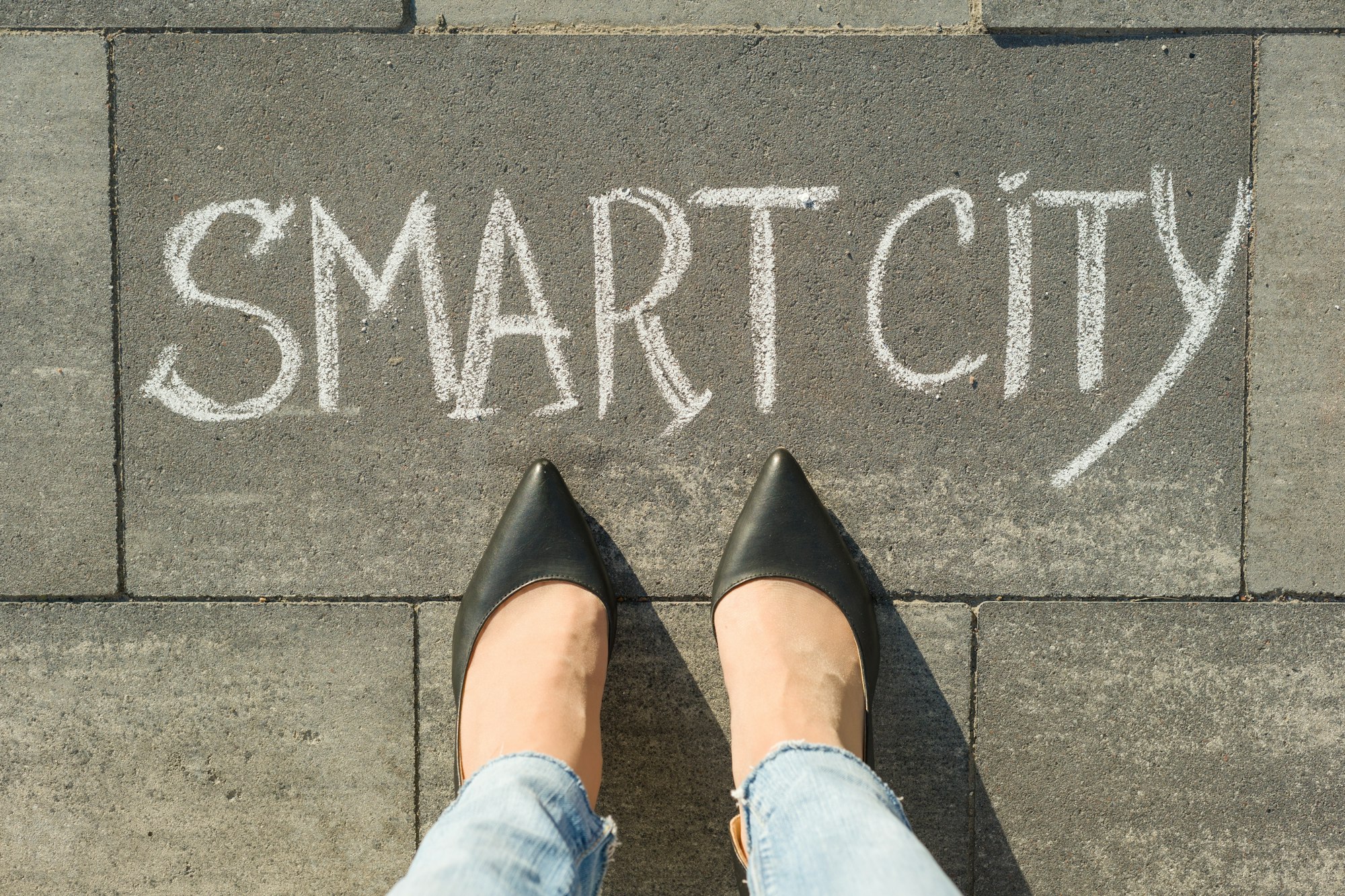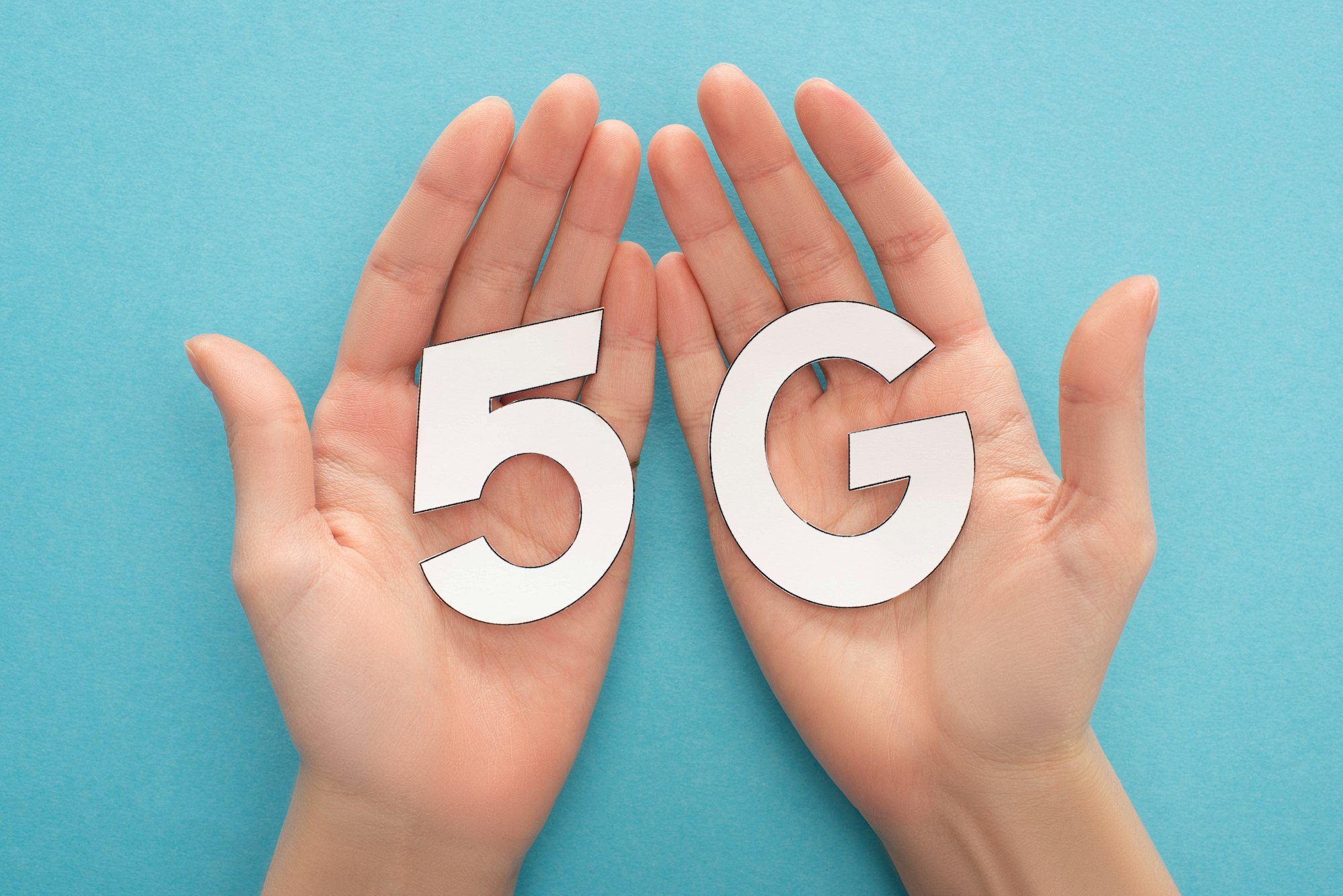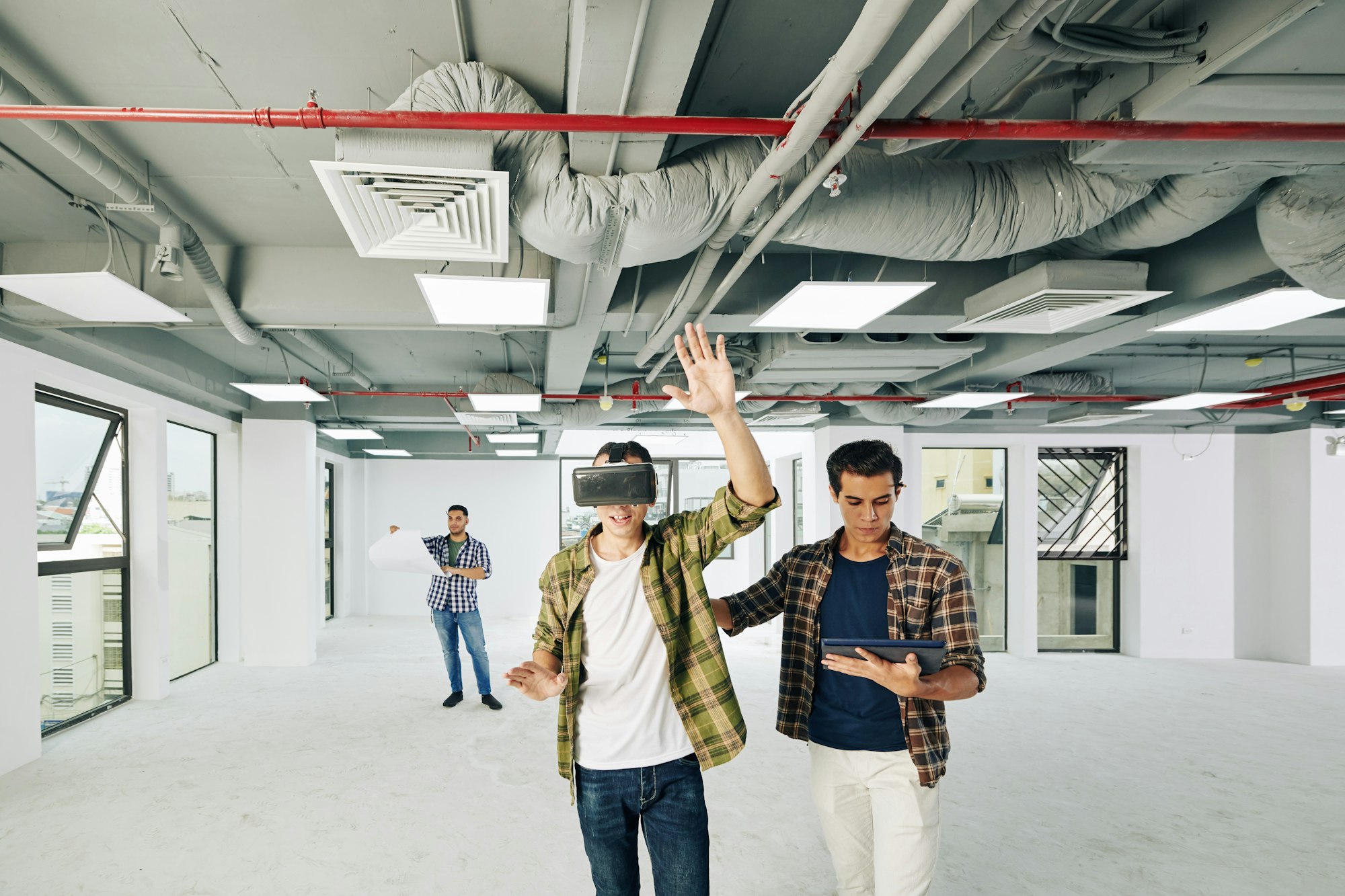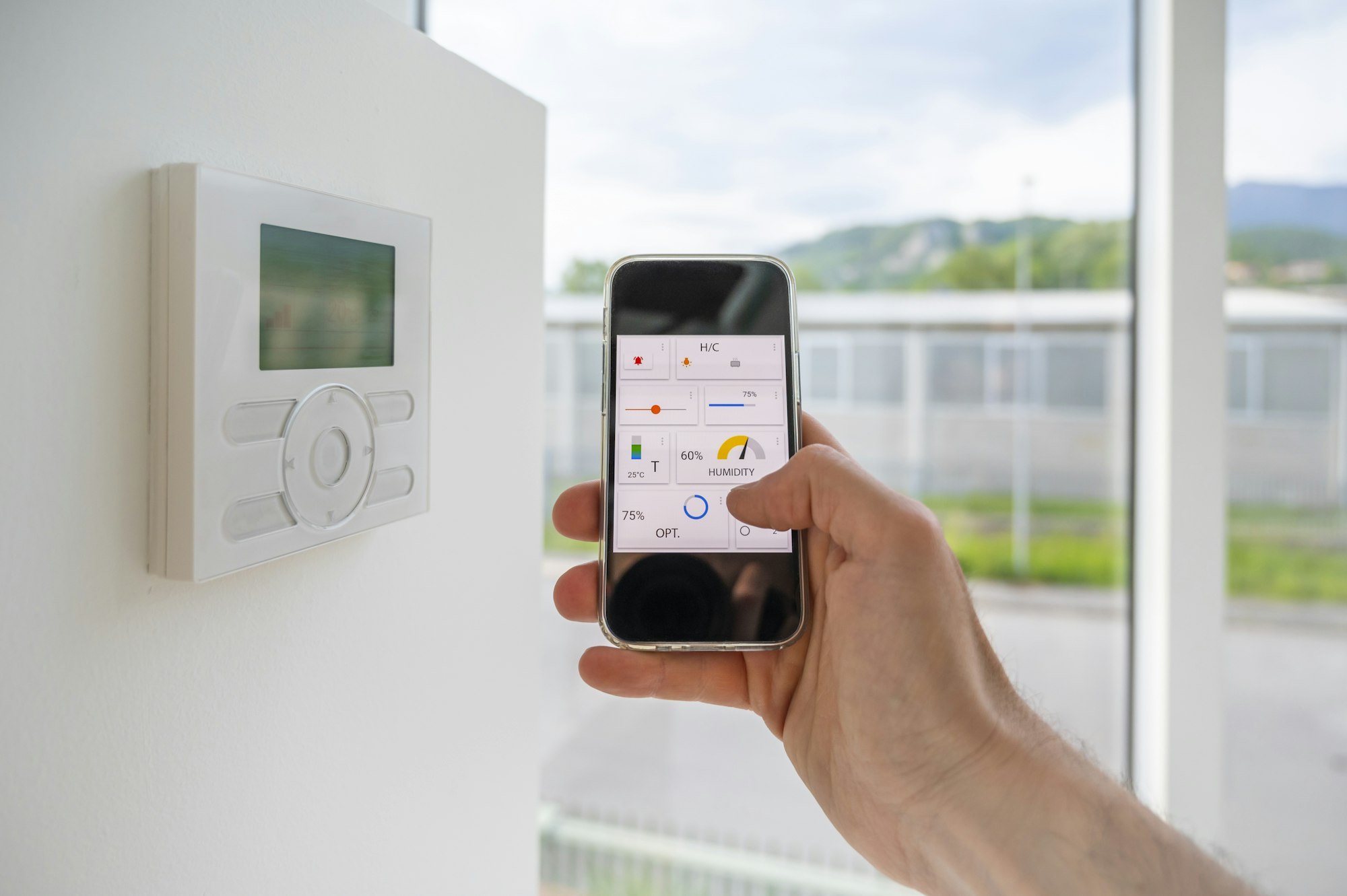The concept of smart cities is no longer a futuristic dream but a present reality, rapidly transforming urban living. By integrating advanced technologies, smart cities aim to enhance the quality of life, improve sustainability, and streamline urban management. Let’s delve into how technology is shaping urban living and revolutionizing our cities.
1. The Foundation of Smart Cities
1.1 Defining Smart Cities
Smart cities leverage technology and data to optimize infrastructure, resources, and services. This integration results in efficient energy use, better transportation systems, enhanced public safety, and improved citizen engagement. Essentially, a smart city is designed to be more responsive, sustainable, and liveable.
1.2 Core Technologies
Key technologies driving smart cities include the Internet of Things (IoT), big data, artificial intelligence (AI), and cloud computing. IoT devices collect and share data, while AI analyzes this data to inform decision-making. Cloud computing ensures that data is accessible and managed efficiently.
2. Smart Transportation Systems
2.1 Intelligent Traffic Management
Smart cities utilize IoT and AI to manage traffic flow, reducing congestion and travel time. Intelligent traffic lights adjust in real-time based on traffic conditions, while connected vehicles communicate with infrastructure to avoid accidents and optimize routes.
2.2 Public Transportation Innovations
Public transportation in smart cities is more efficient and user-friendly. Real-time tracking and predictive analytics allow for accurate arrival times and optimized routes. Electric and autonomous buses reduce emissions and improve service reliability, making public transit a more attractive option for commuters.
3. Sustainable Urban Living
3.1 Energy Efficiency
Smart grids are a cornerstone of energy efficiency in smart cities. These grids use data to balance supply and demand, reducing energy waste. Renewable energy sources like solar and wind are integrated into the grid, promoting sustainability. Smart buildings use automated systems to control lighting, heating, and cooling, further conserving energy.
3.2 Waste Management
Technology also revolutionizes waste management. IoT-enabled sensors in waste bins monitor fill levels, enabling efficient collection routes and reducing operational costs. Smart waste management systems promote recycling and ensure cleaner urban environments.
4. Enhanced Public Safety
4.1 Surveillance and Emergency Response
Smart cities deploy advanced surveillance systems with AI-powered analytics to enhance public safety. These systems can detect unusual activities, alert authorities, and prevent crimes. Additionally, smart emergency response systems improve coordination and speed, saving lives during critical incidents.
4.2 Health Monitoring
Public health benefits from smart city technologies through real-time monitoring of environmental conditions like air quality and noise levels. IoT devices can also track disease outbreaks and monitor the health of vulnerable populations, enabling prompt and targeted interventions.
5. Citizen Engagement and Services
5.1 E-Government Services
Smart cities offer e-government services that streamline interactions between citizens and local authorities. Online platforms provide access to services like permits, payments, and information requests, making government more accessible and efficient.
5.2 Participatory Governance
Technology empowers citizens to participate in governance through digital platforms. These platforms facilitate feedback, surveys, and consultations, allowing residents to voice their opinions and influence urban planning decisions. This participatory approach fosters a sense of community and accountability.
Conclusion
Smart cities represent the future of urban living, where technology and innovation create more sustainable, efficient, and liveable environments. From intelligent transportation systems and energy-efficient buildings to enhanced public safety and citizen engagement, smart cities are reshaping our urban landscapes. As technology continues to evolve, the potential for smarter, more connected cities will only grow, promising a brighter future for urban living.










